Application of Gardner-Wells Tongs
$395.00Lateral and sectional view of female head with Gardner-Wells tongs in place for traction.
Showing all 11 results
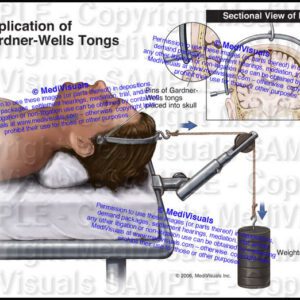
Lateral and sectional view of female head with Gardner-Wells tongs in place for traction.
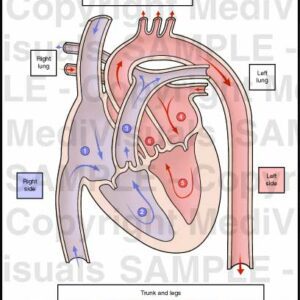
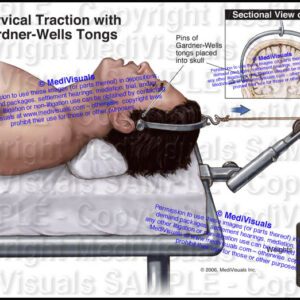
Views of Traction via Gardner-Wells tongs and emphasizing the screws penetrating through the scalp and into the skull with only a thin portion of bone separating the screws from the fragile brain.
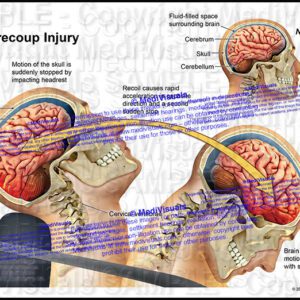
Demonstrates how the brain impacts on the inside of the skull during violent acceleration-deceleration and deceleration-acceleration movements to result in shear injury or traumatic axonal injury even without a significant blow to the head.
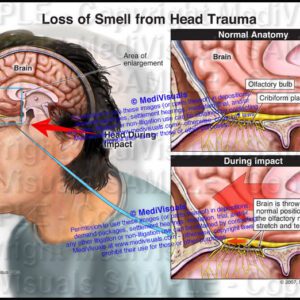
Brain thrown out of normal position causing the olfactory nerves to stretch and tear.
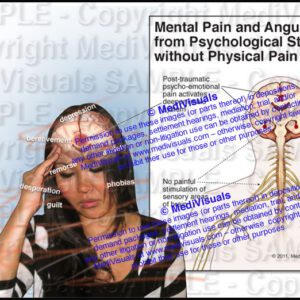
Images created to support arguments that mental pain and anguish from psychological stimuli (even without physical pain) is a very real(and even debilitating) result from traumatic events.
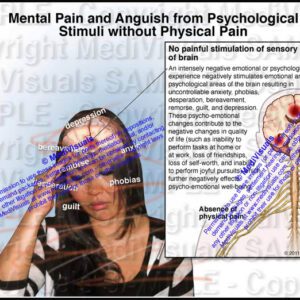
Images created to support arguments that mental pain and anguish from psychological stimuli (even without physical pain) is a very real(and even debilitating) result from traumatic events.
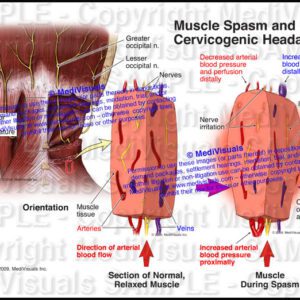
Shows posterior view of head and neck showing how the sensory nerves to the back of the head are entrapped in injured cervical muscles – resulting in occipital headaches.
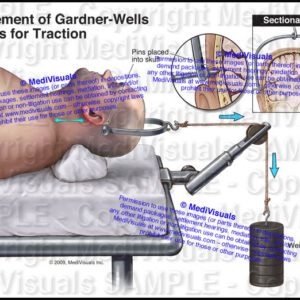
Views of Traction via Gardner-Wells tongs and emphasizing the screws penetrating through the scalp and into the skull with only a thin portion of bone separating the screws from the fragile brain.
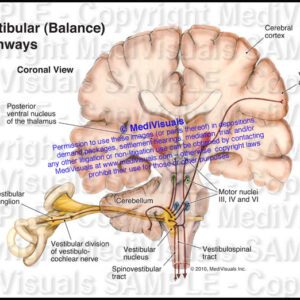
The vestibular organs communicate via the vestibular branch of the eighth cranial nerve with targets in the brainstem and the cerebellum that perform much of the processing necessary to compute head position|motion|and balance.
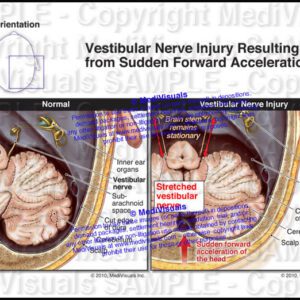
Demonstrates the mechanism of injury — as the brain stem and skull move in different directions during a violent impact|stretch injuries to the vestibular nerve can occur. This type of injury is especially significant when supporting arguments of brain injuries occurring as a result of traumatic forces to the head (without an impact) because if forces were significant enough to damage the vestibular nerve|the forces were also likely sufficient to cause shear or traumatic axonal injury.